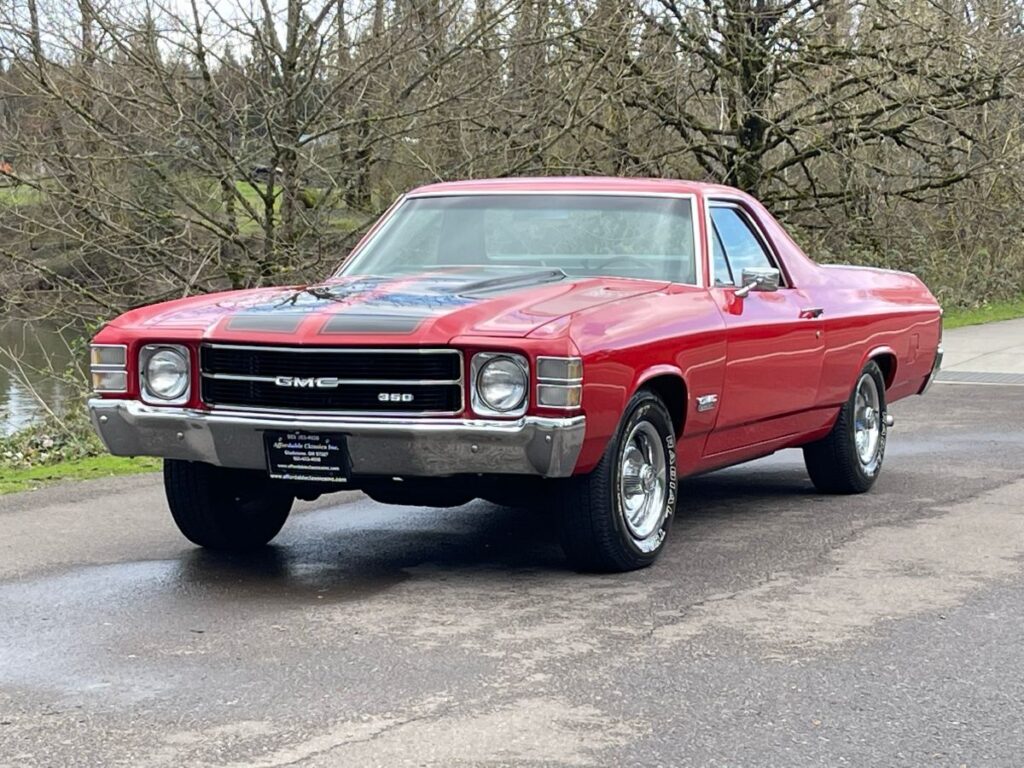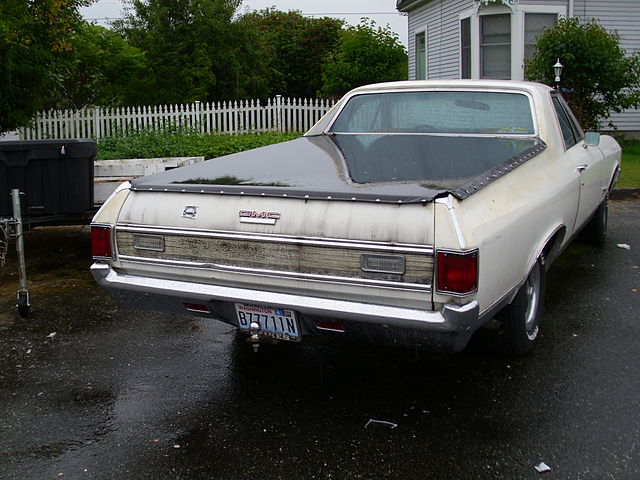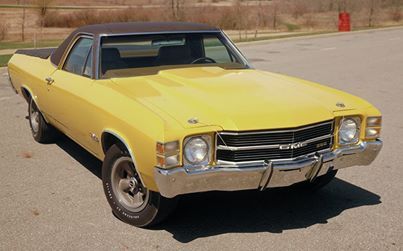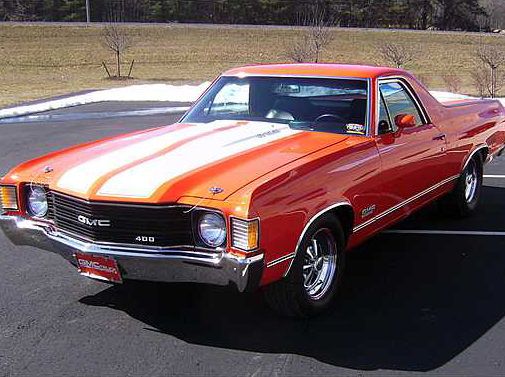
The GMC Sprint, first introduced in 1971, was GMC’s foray into the world of car-based pickup trucks, marking the brand’s version of the more famous Chevrolet El Camino. Both vehicles were designed to offer the comfort and drivability of a car with the utility of a pickup truck.
The first generation of the GMC Sprint spanned the 1971 and 1972 model years, during a period when American automakers were exploring new vehicle formats that could cater to diverse customer needs.
Design and Build

The GMC Sprint was built on the same platform as the Chevrolet El Camino, sharing the A-body frame which was common among GM’s mid-sized cars of that era. The design was a striking blend of a coupe utility vehicle, featuring a two-door cabin with a flat rear cargo area integrated into the body.
This design provided the vehicle with a distinctive look that combined the sleekness of a muscle car with the practicality of a truck.
Externally, the Sprint was distinguished from the El Camino by unique branding and some trim variations, but it largely mirrored its Chevrolet cousin in terms of overall aesthetics. The interior offered a range of options from basic vinyl seating to more luxurious trims, catering to both utilitarian and more comfort-oriented buyers.
The vehicle was equipped with standard features that included power steering and brakes, with additional options such as air conditioning and stereo systems.
Engine and Performance

The GMC Sprint was launched with a variety of engine options that catered to a wide spectrum of performance preferences. The base models typically featured a 250 cubic inch inline-six engine, which was suitable for everyday use and light hauling tasks.
For those seeking more power, GMC offered several V8 options, including the 307 cubic inch, 350 cubic inch, and the more powerful 402 cubic inch engines, originally marketed as a 396 cubic inch engine.
These engines were coupled with either a three-speed manual transmission as standard or optional automatic transmissions, enhancing the Sprint’s appeal as both a practical utility vehicle and a performance-oriented car. The performance versions of the Sprint could rival contemporary muscle cars, offering brisk acceleration and a robust driving experience that was uncommon in utility-type vehicles of the time.
Market Impact and Reception

The GMC Sprint entered the market at a time when the concept of a car-based pickup was gaining traction in the United States. Its introduction followed the success of the Chevrolet El Camino and aimed to attract GMC loyalists with a similar vehicle that fit within the brand’s portfolio.
The Sprint was well-received for its dual-purpose utility, appealing to those who needed a vehicle that could serve as both a comfortable daily driver and a capable workhorse.
Despite its qualities and the initial positive reception, the GMC Sprint did not achieve the same iconic status as the El Camino, largely due to lower marketing emphasis and the overlapping market presence of its Chevrolet counterpart. However, it maintained a loyal following and contributed positively to GMC’s image as a versatile and innovative manufacturer.
Legacy and Collector Interest

Today, the first generation GMC Sprint holds a special place in the pantheon of classic American cars. Its rarity, combined with its unique position as GMC’s answer to the El Camino, has spurred interest among classic car collectors and enthusiasts. The Sprint is particularly valued in its SS configuration, which included the more powerful engine options and sportier trim specifications.
Collectors and enthusiasts appreciate the GMC Sprint for its distinctive blend of muscle car attitude and pickup utility, making it a unique and memorable model from a transitional era in automotive history. As values for classic American cars have risen, the GMC Sprint has found a new audience that appreciates its historical significance and its dual-role capability.

